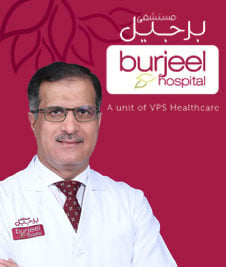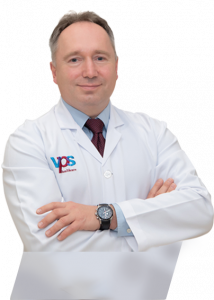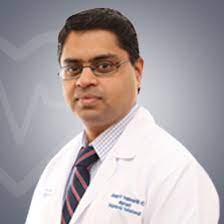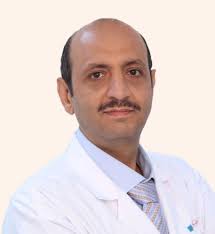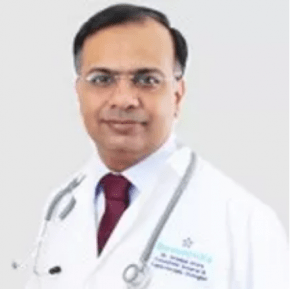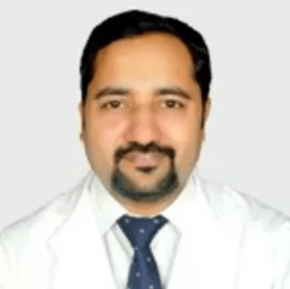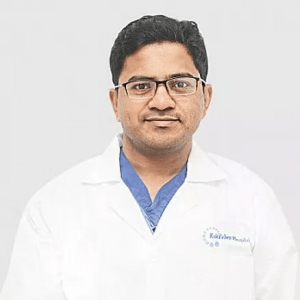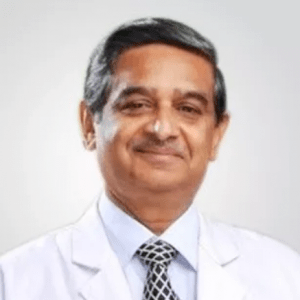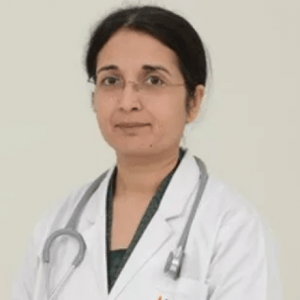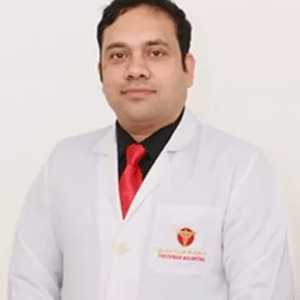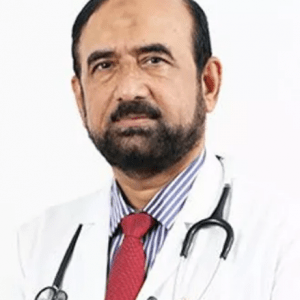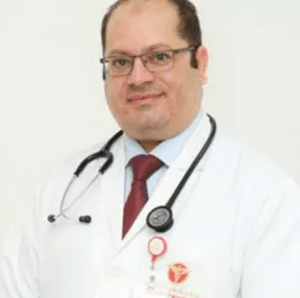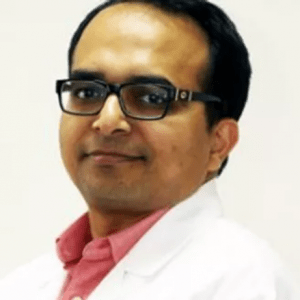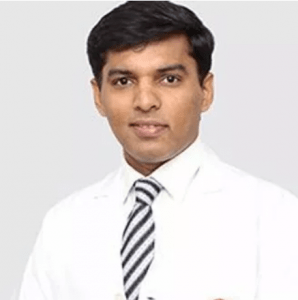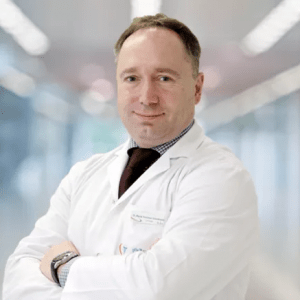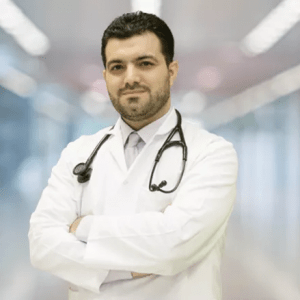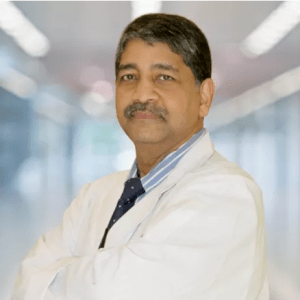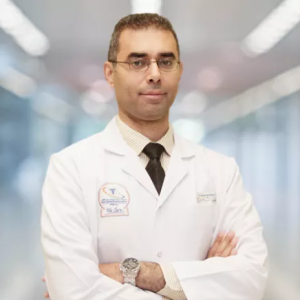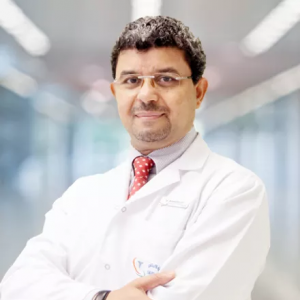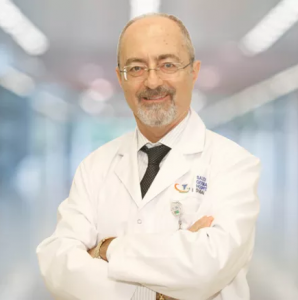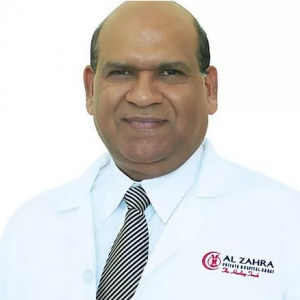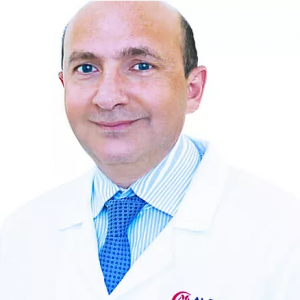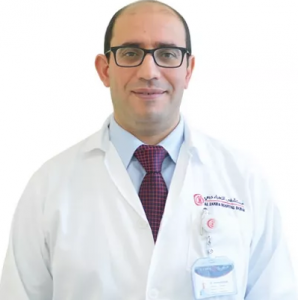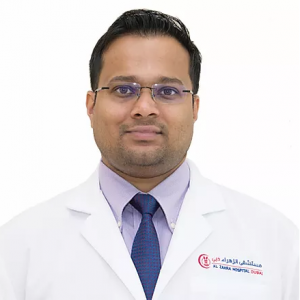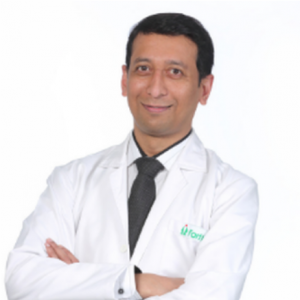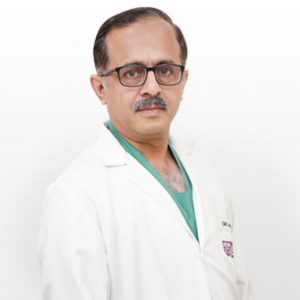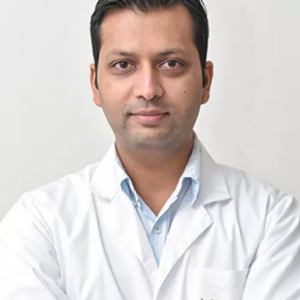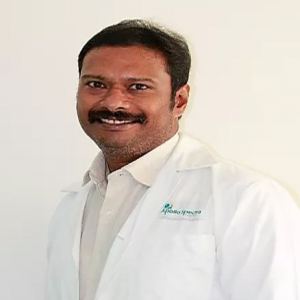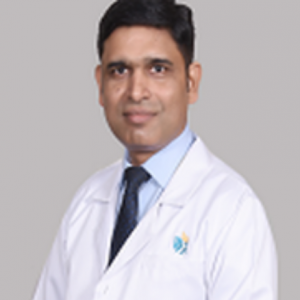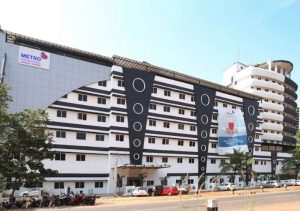Pseudomembranous Colitis
While antibiotics have benefits, the trouble with antibiotics is that the medicine doesn’t just kill the bad bacteria causing an infection that is being treated. They also kill good bacteria that live in our gut. This can lead to an imbalance in the microbiome, also termed dysbiosis, which can lead to gastrointestinal symptoms. WHAT IS […] Read More
Top Doctors For Pseudomembranous Colitis Treatments
Top Hospitals For Pseudomembranous Colitis Treatments
Pseudomembranous Colitis
- difficile lives in soil, air, water, and feces and sometimes in foods like processed meats. For this reason, the bacteria can easily distribute themselves on diverse surfaces.
- Taking antibiotics.
- Staying in hospital or nursing home.
- Aging, especially over 65 years.
- Undergoing other digestive problems like Crohn’s disease or ulcerative colitis.
- Using medicines that reduce stomach acid.
- Sickness or a weakened immune system.
- Past digestive system surgery.
- Chemotherapy.
- Dehydration.
- Severe diarrhea can lead to loss of fluids and electrolytes.
- Toxin megacolon.
- This is a rare condition in which the sufferer’s colon is unable to expel gas or defecate.
- Bowel perforation.
- This is a hole in one’s large intestine. It can lead to a life-threatening infection known as peritonitis.
- Kidney failure.
- Dehydration can retard kidney functions.
- Death.
- Mild to moderate c.diff infections can quickly lead to fatal or deadly diseases.
- Stool sample
- Blood Tests.
- Colonoscopy Or Sigmoidoscopy.
- Imaging Tests.
- Stop administration of antibiotics or switch to one that treats this infection (c.difficile).
- Having fecal microbial transplantation (FMT).
- A repeat of antibiotics.
- Fecal microbial transplantation (FMT)
- Bezlotoxumab (Zinplava)
- Hand Washing
- Contact Precaution
- Thorough Cleaning
- Avoid unnecessary use of antibiotics. Always seek the attention of your doctor.
- Use of supplement: Concentrated supplements of good bacteria and yeasts (probiotics) can help prevent c.difficile. They are available in capsule or liquid form.
- Drink plenty of fluids: Water and fluids with added sodium and potassium (electrolyte) are beneficial to cope with diarrhea and dehydration.
- Avoid irritating foods such as spicy, fatty, or fried foods. Or any others that worsen your symptoms.
Symptoms
SYMPTOMS OF PSEUDOMEMBRANOUS COLITIS
Signs and symptoms of antibiotic-associated colitis may include the following health conditions:
- Fever
- Nausea
- Watery diarrhea
- Pain or tenderness
- Abdominal cramps
- Pus or mucus in your stool
- Dehydration
And in more serious cases, you may also have:
- Low heart rate
- Low blood pressure
- Weak pulse.
Causes
CAUSES OF PSEUDOMEMBRANOUS COLITIS
When afflicted with germs such as the c.diff bacteria, there are good bacteria in your colon, which keep the amount of c.diff in your body under control; but antibiotics can kill the good bacteria and consequently let c.diff grow way too fast. The antibiotic-resistant c.difficile gains dominion and afterward, damage your colon, causing antibiotic-related colitis.
Antibiotic-associated colitis or pseudomembranous colitis [PMC] occurs when an administered antibiotic destroys the healthy bacteria that keep the clostridium difficile bacteria in check, making the c.diff grow too fast in retaliation, thereby damaging your colon.
The main or predominant causes of PMC include all of the following stated below:
- Antibiotics.
- Almost all activities can cause PMCs, but some are more commonly linked to this colitis than others. Such antibiotics include:
- Penicillin, such as amoxicillin and ampicillin.
- Fluoroquinolones, such as ciprofloxacin [Cipro] and levofloxacin.
- Clindamycin [Cleocin].
- Cephalosporins, such as cefixime [Suprax].
- Chemotherapy drugs are used to treat cancer.
- Certain digestive system diseases, such as:
- Ulcerative colitis.
- Crohn’s disease.
- Community-acquired transmission.
- PMCs are transmitted from one person to another, such as from healthcare workers to patients, and vice versa.
FAQ
What causes antibiotics-associated colitis?
Antibiotics-associated colitis is an inflammation of the large intestine. It happens when there is too much Clostridium difficile (c.diff) bacteria in the intestine after taking antibiotics.
How do I heal my gut after antibiotics?
Taking probiotics during and after a course of antibiotics can help reduce the risk of diarrhea and restore your gut microbiota to a healthy state. What’s more, eating high-fiber foods, fermented foods, and prebiotic foods after taking antibiotics may also help reestablish a healthy gut microbiota.
What is the strongest natural antibiotic?
Oregano oil is one of the most powerful antibacterial and antifungal compounds. Research shows oregano oil is effective against many clinical strains of bacteria, including E-coli.
What is the best probiotic to take after antibiotics?
Recent studies have found that probiotic isolates such as Lactobacillus reuteri may offer a powerful weapon against dangerous antibiotics resistant bacteria such as clostridium difficile, Pseudomonas aeruginosa, Escherichia coli, and Klebsiella pneumonia.
What happens when antibiotics kill your good bacteria?
While antibiotics have benefits, the trouble with antibiotics is that the medicine doesn’t just kill the bad bacteria causing an infection that is being treated. They also kill good bacteria that live in our gut. This can lead to an imbalance in the microbiome, also termed dysbiosis, which can lead to gastrointestinal symptoms.


